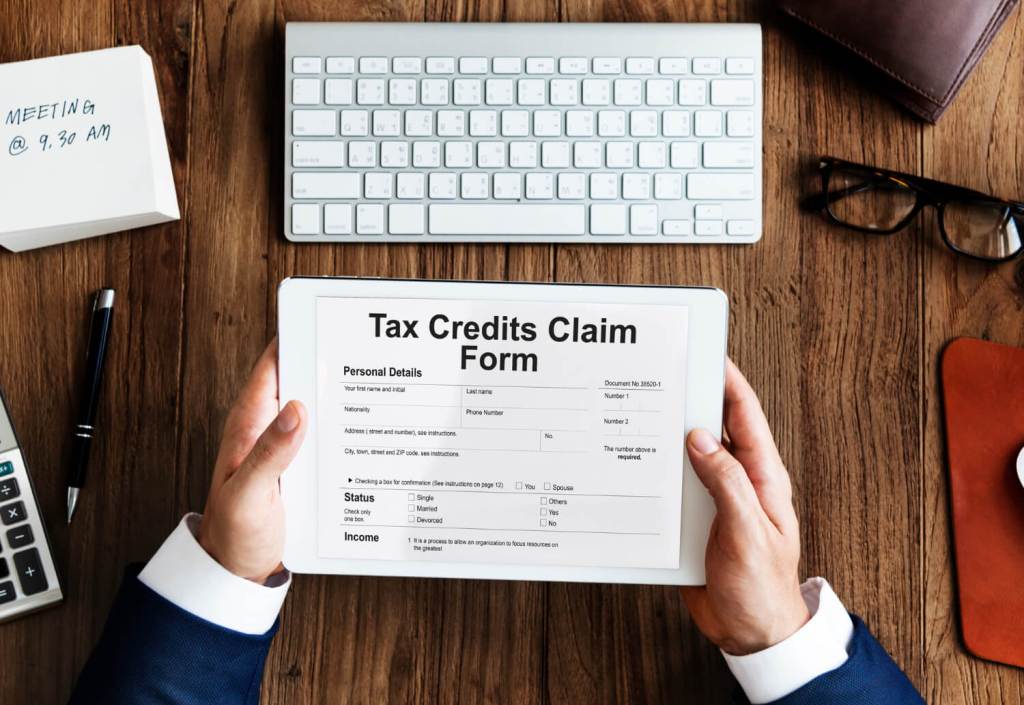What exactly is GST Rule 88C?
GST Rule 88C was added as a result of suggestions from the 48th GST Council meeting on December 17, 2022, to provide a process for dealing with the difference in taxpayer liability as noted in GSTR-1 v/s GSTR-3B. There have been several instances where the supplier transferred ITC via GSTR-1 even though taxes had not yet been refunded via GSTR-3B.
While some of the discrepancies in GSTR-1 and GSTR 3B are related to tax payments, others may be the result of genuine errors that result in missed tax payments. The registered individual must provide an explanation, and Department personnel must use their discretion to distinguish between the two.
GST Rule 88C Implementation Date
Currently, Rule 88C is not in effect. The aforementioned regulation is activated only when the difference between GSTR-1 and GSTR-3B forms exceeds a specific amount and percentage as specified. The regulation cannot be implemented until the amount and percentage are communicated, which they have yet to do.
Addition of GST Rule 88C
The Finance Act of 2021 includes an explanation in which the term “self-assessed tax” refers to the tax that must be paid in relation to the information of outward supplies furnished under section 37 (GSTR-1), but is not included in the return filed under section 39. (GSTR-3B). The stated explanation went into effect on January 1, 2022.
Trade and field formations expressed great concern about how the Tax Authorities would handle the recovery due to GSTR-1 and GSTR-3B mismatches. CBIC issued policies for recovery proceedings on January 7, 2022, in accordance with Section 79 of the CGST Act, 2017.
It was recommended that before taking any action under Section 79 of the CGST Act of 2017, the concerned taxpayer be given the opportunity to clarify the discrepancies between GSTR-1 and GSTR-3B by writing a letter.
Rule 88C Process
It states that the registered person must be notified of the discrepancy in Part A of form GST DRC-01B if the tax due as per GSTR-1 / IFF exceeds the tax paid in GSTR-3B by the amount and percentage specified by the council.
A copy of this notification, along with form GST DRC-01B, will be posted to the common portal and forwarded to the individual’s registered email address. The preceding form would show the distinction between GSTR-1 and GSTR-3B. When dealing with FORM GST DRC-01B, the taxpayer has the option of selecting either of the two options.
- Pay the differential tax liability mentioned in Part A of form GST DRC-01B, fully or partially including interest under section 50, via form GST DRC-03 and electronically file information on the common portal in Part B of form GST DRC-01B; or
- Submit a response electronically via the common portal within seven days of the DRC-01B’s issuance, including justifications for any outstanding portions of the differential tax due in Part B of form GST DRC-01B.
Next GSTR-1 Filing Suspended
In the event that the sum mentioned in DRC-01B remains unpaid, no response was provided, or the proper officer deemed the response provided to be unsatisfactory, recovery procedures would be initiated in accordance with Section 79 of the CGST Act, 2017.
When the taxpayer does nothing after receiving DRC-01B, the aforementioned regulation prohibits the filing of GSTR-1/IFF for a future tax period. In this case, neither the taxpayer nor
- Pays the sum due in accordance with DRC-01B; or
- Submits an answer in Part B of FORM GST DRC-01B for any amount remaining unpaid.
The regulation does not call for the GSTR-1 or IFF to be blocked if the provided response was deemed inadequate by the tax authorities. Only recovery actions under Section 79 of the CGST Act, 2017 will be initiated in cases where a response was provided but later determined to be inadequate.
In cases where no action was taken to stop the issuance of DRC-01B, GSTR-1/IFF would be blocked and recovery proceedings would begin under Section 79 of the CGST Act, 2017.
Short Response Time
The taxpayer has only seven days to respond to DRC-01B. In the event of failure, legal action would be taken against the taxpayer. A 7-day time limit is a very short window given to an aggrieved assessee. Even if a taxpayer has received a Show Cause Notice, he has at least 30 days to respond.
There is currently no provision in place that would allow the time limit to be extended. If the taxpayer is unable to submit his response within the allotted seven days for whatever reason, he should be given the opportunity to request an extension. An extension may be granted by the proper officer. Before taking any action against a taxpayer, he must receive at least three reminder notifications.
Amount Recovery Proceedings
When a taxpayer’s response is deemed unsatisfactory, direct recovery proceedings under Section 79 of the CGST Act, 2017 are to be initiated against the assessee without any further opportunity to be heard.
Section 79 of the CGST Act, 2017 only allows for the recovery of the amount owed by the individual. “The words any amount payable” would be interpreted in context, where the same would be used, and the liable amount to be paid (until considered) could only be revealed by executing the adjudication procedure as mentioned in Sections 73 or 74 of the CGST Act 2017.
Furthermore, Section 75(5) requires an opportunity if a written request is made or a negative decision is expected for the individual in question. This category includes any demand or recovery that is raised as a result of a mismatch between GSTR-1 and 3B. As a result, it is critical that the taxpayer receive a personal hearing before any negative action is taken against him if he contests the responsibility calculated for any reason. Furthermore, he should be given ample opportunity to defend his position. No recovery action should be brought against him prior to the application of the principle of natural justice.
As a result, in our opinion, recovery against the registered person should only begin if the taxpayer admits the tax duty in his reply but still fails to pay or is unable to make any response within the appropriate timetable.
Provision related to Scrutiny
The tax council would have the authority to carry out the recovery proceedings if the answer was not treated as accepted by the tax council. What is permissible, however, necessitates careful judicial analysis and examination. Every case in which the assessee does not agree to the liability imposed cannot be said to be unacceptable, resulting in recovery proceedings.
Prior to the conclusion of any case, the country’s judicial review system requires a thorough and separate analysis of the problem at various seniority levels. An effective procedure of judicious review of the enrolled individual’s response by senior ranked officers and quasi-judicial authority prior to coming to a conclusion that the demand/recovery is explained.
Conclusion
Furthermore, it should be made clear that recovery proceedings under Section 79 of the CGST Act, 2017 should not be initiated while the taxpayer contests responsibility in DRC-01B, as it is impossible to determine whether tax is due when it is in dispute. If the proper officer determines that the tax is still owed, he may issue a show-cause notice in accordance with Sections 73/74 of the CGST Act, 2017.
It is recommended that the board issue a Circular addressing several concerns about Rule 88C of the CGST Rules, 2017. If he does not provide an explanation when his viewpoint differs from that of the taxpayers, tax authorities may initiate recovery actions. Because of the
Due to the time, expense, and risk involved, the taxpayer would have no choice but to approach the High Court, which may not be an option for all taxpayers.




